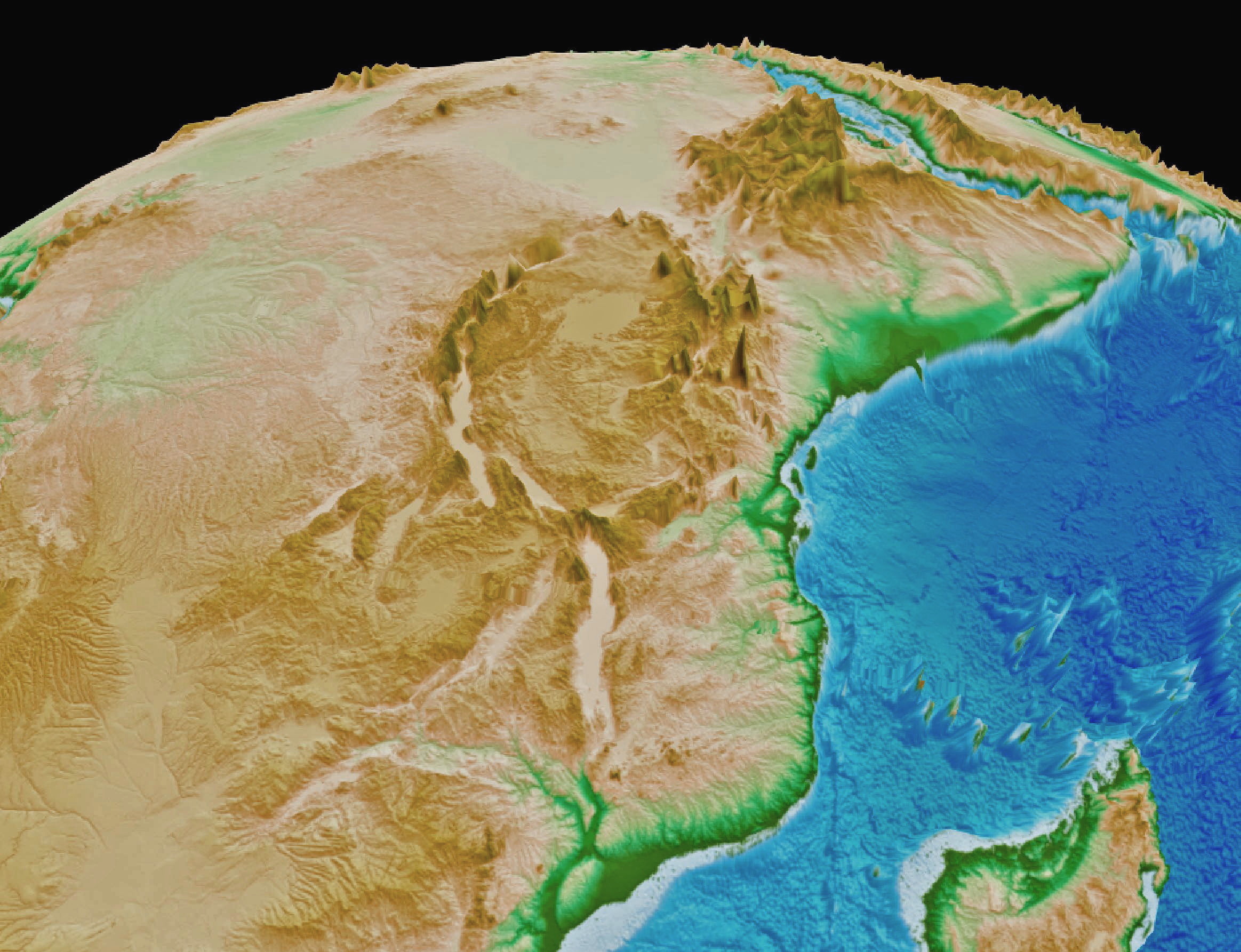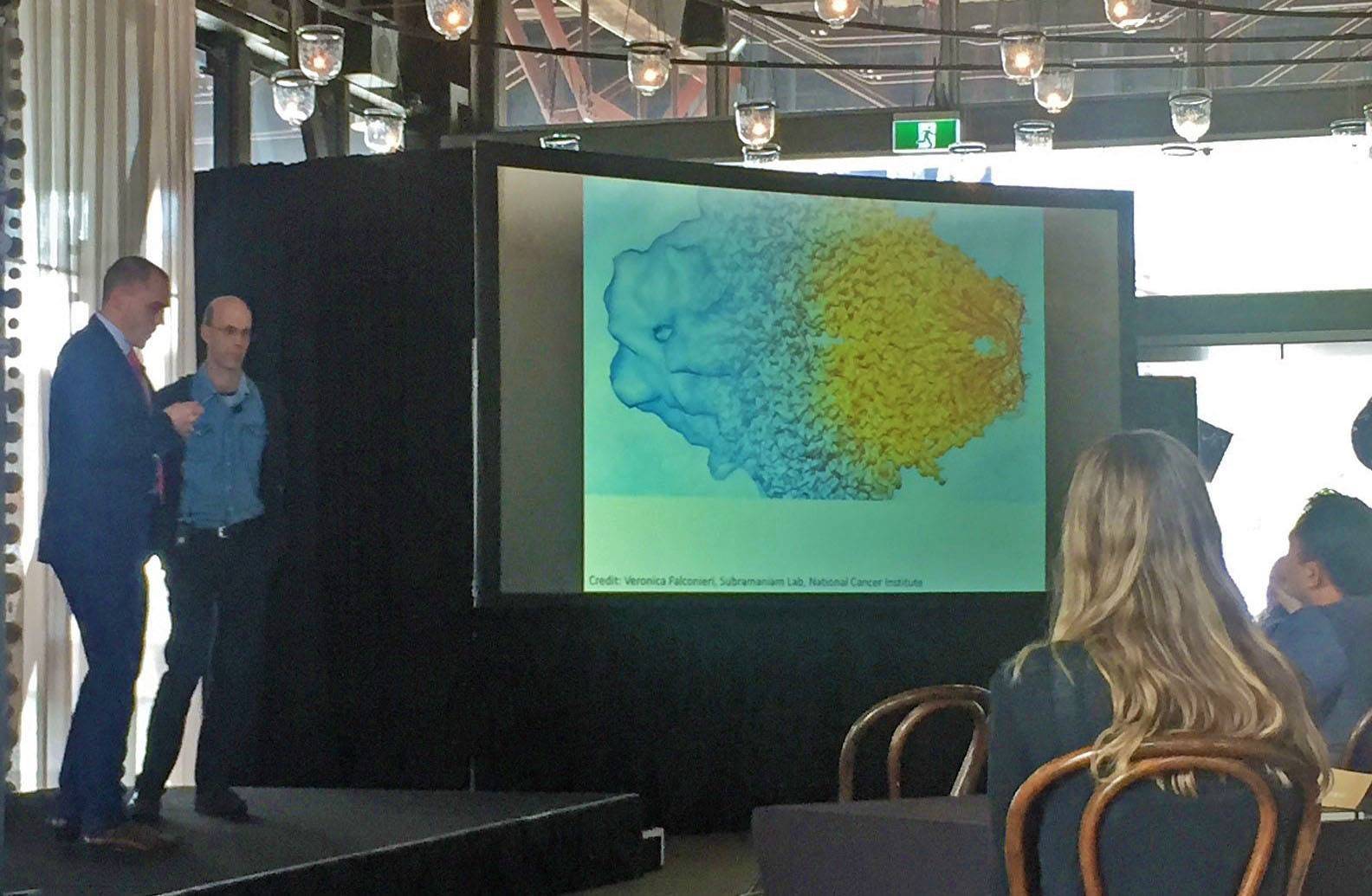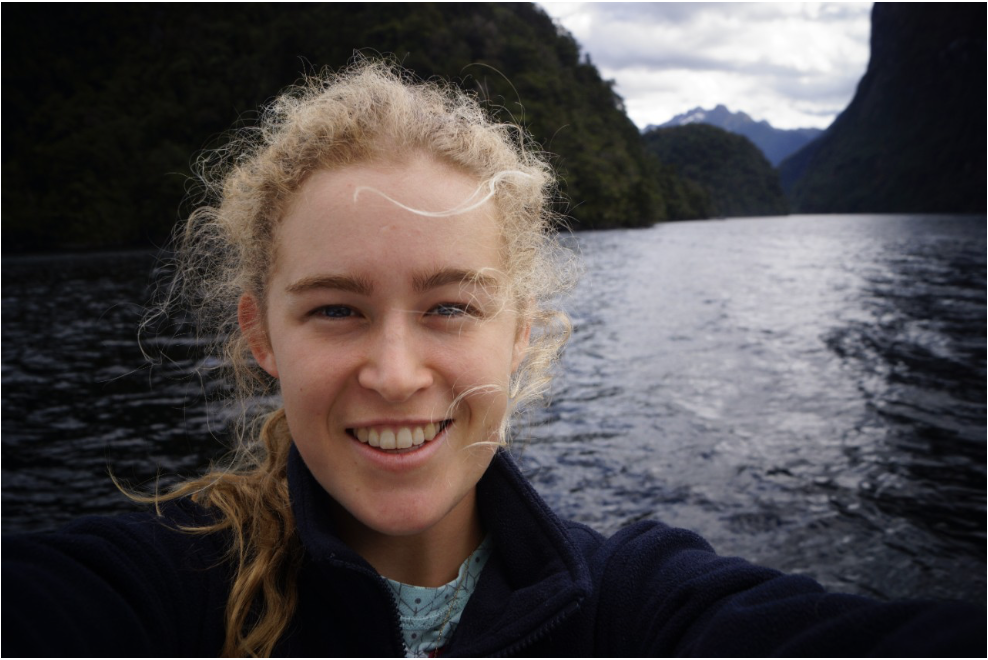No Change in Southern Ocean Circulation in the Indian Ocean From the Eocene Through Late Oligocene
Author List: Nicky M. Wright , Howie D. Scher , Maria Seton , Claire E. Huck , and Brian D. Duggan Citation: Wright, N. M., Scher, H. D., Seton, M., Huck, C. E., & Duggan, B. D. (2018). No change in Southern Ocean circulation in the Indian Ocean from the Eocene through late Oligocene. Paleoceanography … Read more…


























